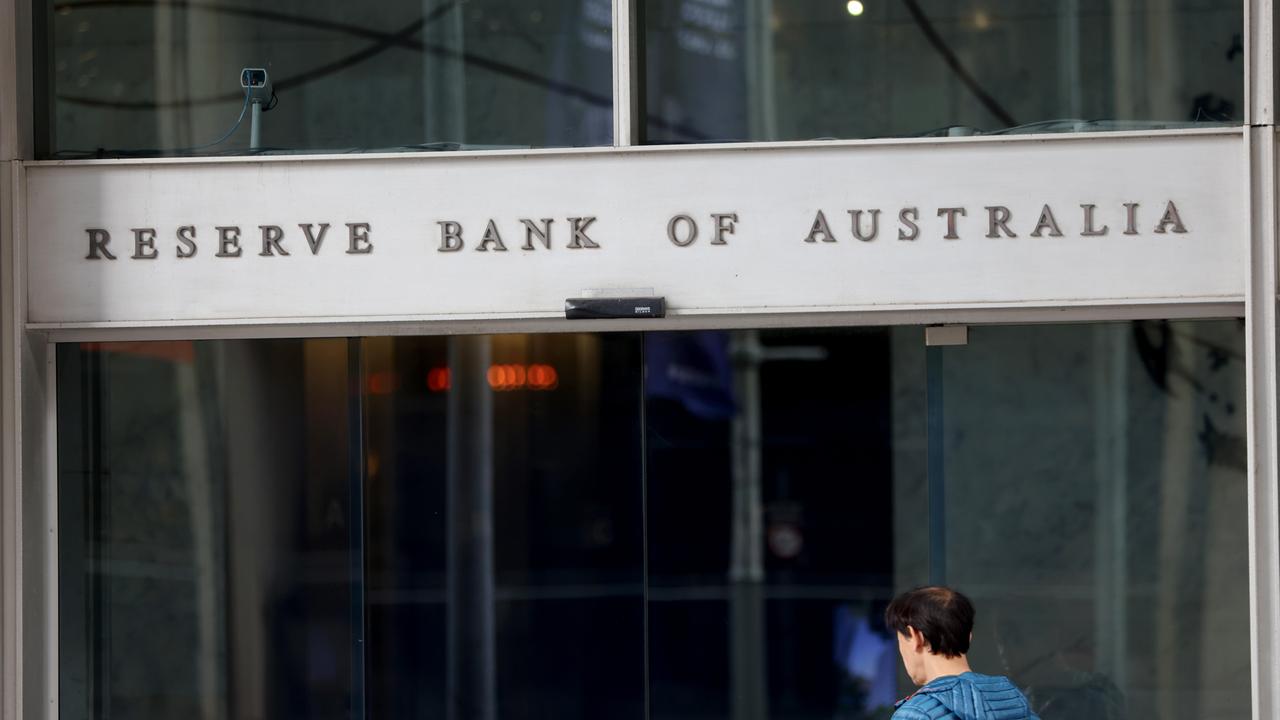The Reserve Bank is pushing for more frequent inflation data from the Australian Bureau of Statistics, with quarterly updates currently limiting the RBA’s ability to address the rising cost of living.
World bankers laughed at Governor Phillip Lowe this month at a financial forum in Switzerland when the RBA chief complained that his team doesn’t receive monthly statistics like central banks in Europe and the US.
The RBA pushes the ABS for more frequent data in an environment of significant inflationary pressures.
Quarterly data currently limits the RBA’s ability to apply monetary policy because it is not current with the latest figures at monthly meetings.
Delayed consumer price index (CPI) data has been exacerbated by difficult economic conditions in 2022, with costs for goods and services such as fuel and lettuce skyrocketing.
Inflation rose another 2.1 percent in the March quarter, up 5.1 percent from the previous 12 months.
The RBA’s inflation target is 2 to 3 percent.
Speaking at a global economic panel discussion in Zurich on Friday, Mr. Lowe admitted – much to the amusement of his central banker colleagues – that slowed inflation data was hindering the RBA from making monetary decisions.
“The other thing that’s different – and this is a big difference – is that our CPI is only available quarterly,” he lamented.
“Yes, you laugh too.”
Camera icon The need for faster inflation data has been made more relevant by increasing the cost of goods such as fuel. Richard Gosling Credit: News Corp Australia
Mr. Lowe revealed that the RBA worked with the ABS to develop a more efficient system.
“We’ve been working with the Bureau of Statistics to try and get a monthly CPI, and maybe they’ll have an experimental series later this year, but we only have one lecture on inflation every three months,” he said.
When NCA NewsWire contacted them, the ABS said producing monthly figures was too expensive.
But recently, a new data source system has cut costs, raising hopes that a more frequent CPI indicator could be developed by the end of the year.
“The ABS recognizes that there is a growing interest in understanding the cost of living pressures and the implications for monetary and fiscal policy,” a spokesperson said.
Camera icon The ABS admits quarterly data isn’t ideal with the cost of living pressures. NCA NewsWire / Damian Shaw Credit: News Corp Australia
“Until recently, the cost of creating a monthly CPI was prohibitive. Using new data sources to produce the CPI has lowered the price of data collection, providing the opportunity to make a more frequent measure of inflation.
“Using scanner data and web scraping (automated) data collection techniques yields high-frequency data at a lower cost.”
The statistics agency said work on providing monthly data is progressing well. However, it would likely include only a partial measure of the cost of goods and services rather than the broader basket calculated in the quarterly CPI.
“The work to develop a partial monthly CPI indicator is progressing well, and the ABS planned to publish the work and methodology in an information paper in August 2022,” a spokesperson said.
“The monthly CPI indicator examined by the ABS can be considered a partial measure of the quarterly CPI, as not everything in the CPI basket is measured monthly.”







